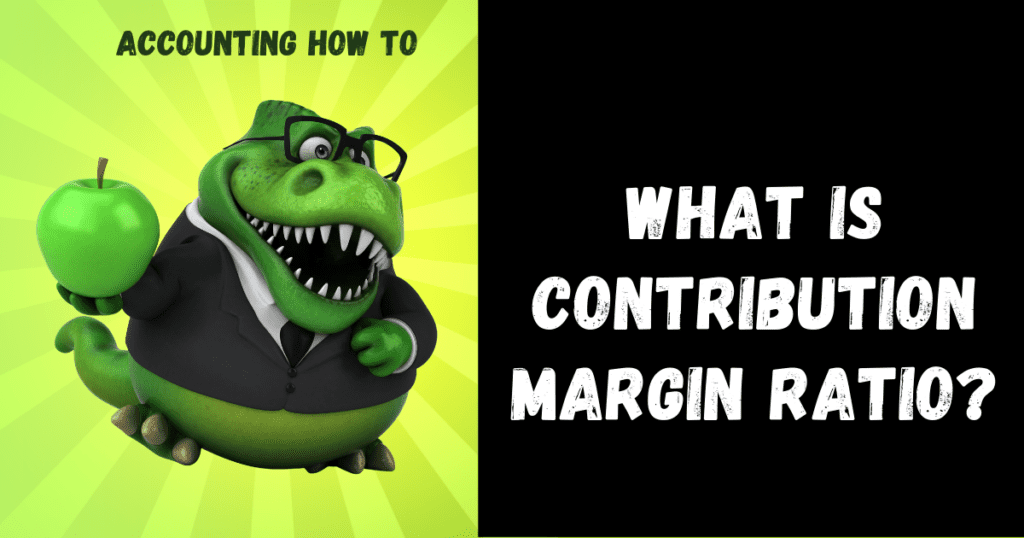
It is considered a managerial ratio because companies rarely report margins to the public. Instead, management uses this calculation to help improve internal procedures in the production process. Yes, it means there is more money left over after paying variable costs for paying fixed costs and eventually contributing to profits. You can calculate the contribution margin by subtracting the direct variable costs from the sales revenue. A business can increase its Contribution Margin Ratio by reducing the cost of goods sold, increasing the selling price of products, or finding ways to reduce fixed costs.
Business Class
- The contribution margin is important because it gives you a clear, quick picture of how much “bang for your buck” you’re getting on each sale.
- On the other hand, the net profit per unit may increase/decrease non-linearly with the number of units sold as it includes the fixed costs.
- Let us try to understand the concept with a contribution margin example.
- So, 60% of your revenue is available to cover your fixed costs and contribute to profit.
- This concept is especially helpful to management in calculating the breakeven point for a department or a product line.
If the fixed costs have also been paid, the remaining revenue is profit. Each glass of lemonade you sell is contributing not only to cover the cost of lemons, sugar, and water (those are your variable costs), but also to pay off that fancy lemon squeezer you bought (that’s a fixed cost). The money left over after paying for the lemons, sugar, and water is your contribution margin. It helps you see how many glasses of lemonade you need to sell before you start actually making a profit.

Some other helpful tools for business
The first pitfall that can trip up even the most diligent of us is confusing fixed costs with variable costs. His bagel ingredients were variable costs because they changed based on how many bagels he sold. His rent, on the other hand, stayed the same no matter how many bagels he baked, making it a fixed cost. Alternatively, companies that rely on shipping and delivery companies that use driverless technology may be faced with an increase in transportation or shipping costs (variable costs). These costs may be higher because technology is often more expensive when it is new than it will be in the future, when it is easier and more cost effective to produce and also more accessible. A good example of the change in cost of a new technological innovation over time is the personal computer, which was very expensive when it was first developed but has decreased in cost significantly since that time.
Contribution Margin Formula:
We will discuss how to use the concepts of fixed and variable costs and their relationship to profit to determine the sales needed to break even or to reach a desired profit. You will also learn how to plan for changes in selling price or costs, whether a single product, multiple products, or services are involved. The Contribution Margin Ratio is a measure of profitability that indicates how much each sales dollar contributes to covering fixed costs and producing profits.
This is one reason economies of scale are so popular and effective; at a certain point, even expensive products can become profitable if you make and sell enough. You can also use contribution margin to tell you whether you have priced a product accurately relative to your profit goals. Fixed costs are one-time purchases for things like machinery, equipment or business real estate. Should the product be viewed as more of a “loss leader” or a “marketing” expense?
Thus, here we use the contribution margin equation to find the value. When there’s no way we can know the net sales, we can use the above formula to determine how to calculate the contribution margin. They can use that information to determine whether the company prices its products accurately or is likely to turn a profit without looking at that company’s balance sheet or other financial information. Furthermore, a contribution margin tells you how much extra revenue you make by creating additional units after reaching your break-even point.
In this way, contribution margin becomes an important factor when calculating your break-even point, which is the point at which sales revenue and costs are exactly even ($0 profit). This, in turn, can help you make better informed pricing decisions, but break-even cash book definition how it works types and advantages analysis won’t show how much you need to cover costs and make a profit. The contribution margin income statement separates the fixed and variables costs on the face of the income statement. This highlights the margin and helps illustrate where a company’s expenses.
The difference between the selling price and variable cost is a contribution, which may also be known as gross margin. In our example, the sales revenue from one shirt is \(\$15\) and the variable cost of one shirt is \(\$10\), so the individual contribution margin is \(\$5\). This \(\$5\) contribution margin is assumed to first cover fixed costs first and then realized as profit. On the other hand, variable costs are costs that depend on the amount of goods and services a business produces.
To illustrate how this form of income statement can be used, contribution margin income statements for Hicks Manufacturing are shown for the months of April and May. For example, assume that the students are going to lease vans from their university’s motor pool to drive to their conference. A university van will hold eight passengers, at a cost of \(\$200\) per van. If they send one to eight participants, the fixed cost for the van would be \(\$200\). If they send nine to sixteen students, the fixed cost would be \(\$400\) because they will need two vans. We would consider the relevant range to be between one and eight passengers, and the fixed cost in this range would be \(\$200\).
The concept of contribution margin is applicable at various levels of manufacturing, business segments, and products. The contribution margin can help company management select from among several possible products that compete to use the same set of manufacturing resources. Say that a company has a pen-manufacturing machine that is capable of producing both ink pens and ball-point pens, and management must make a choice to produce only one of them. The contribution margin shows how much additional revenue is generated by making each additional unit of a product after the company has reached the breakeven point. In other words, it measures how much money each additional sale “contributes” to the company’s total profits.
If the selling price per unit is more than the variable cost, it will be a profitable venture otherwise it will result in loss. This demonstrates that, for every Cardinal model they sell, they will have \(\$60\) to contribute toward covering fixed costs and, if there is any left, toward profit. Every product that a company manufactures or every service a company provides will have a unique contribution margin per unit. In these examples, the contribution margin per unit was calculated in dollars per unit, but another way to calculate contribution margin is as a ratio (percentage).
